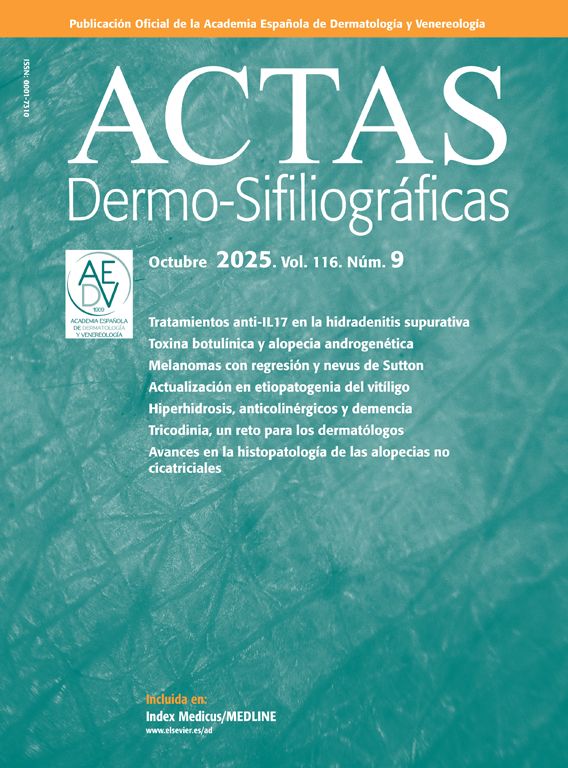was read the article
| Year/Month | Html | Total | |
|---|---|---|---|
| 2025 10 | 363 | 61 | 424 |
| 2025 9 | 382 | 47 | 429 |
| 2025 8 | 212 | 66 | 278 |
| 2025 7 | 338 | 64 | 402 |
| 2025 6 | 324 | 64 | 388 |
| 2025 5 | 341 | 46 | 387 |
| 2025 4 | 365 | 41 | 406 |
| 2025 3 | 312 | 41 | 353 |
| 2025 2 | 264 | 36 | 300 |
| 2025 1 | 275 | 55 | 330 |
| 2024 12 | 179 | 35 | 214 |
| 2024 11 | 188 | 74 | 262 |
| 2024 10 | 139 | 70 | 209 |
| 2024 9 | 186 | 49 | 235 |
| 2024 8 | 160 | 75 | 235 |
| 2024 7 | 136 | 49 | 185 |
| 2024 6 | 174 | 56 | 230 |
| 2024 5 | 137 | 65 | 202 |
| 2024 4 | 137 | 38 | 175 |
| 2024 3 | 116 | 34 | 150 |
| 2024 2 | 149 | 49 | 198 |
| 2024 1 | 147 | 64 | 211 |
| 2023 12 | 161 | 33 | 194 |
| 2023 11 | 202 | 52 | 254 |
| 2023 10 | 168 | 41 | 209 |
| 2023 9 | 149 | 49 | 198 |
| 2023 8 | 135 | 43 | 178 |
| 2023 7 | 160 | 51 | 211 |
| 2023 6 | 109 | 55 | 164 |
| 2023 5 | 145 | 44 | 189 |
| 2023 4 | 102 | 36 | 138 |
| 2023 3 | 164 | 31 | 195 |
| 2023 2 | 147 | 43 | 190 |
| 2023 1 | 144 | 45 | 189 |
| 2022 12 | 193 | 43 | 236 |
| 2022 11 | 152 | 35 | 187 |
| 2022 10 | 128 | 51 | 179 |
| 2022 9 | 138 | 52 | 190 |
| 2022 8 | 70 | 45 | 115 |
| 2022 7 | 73 | 56 | 129 |
| 2022 6 | 75 | 47 | 122 |
| 2022 5 | 157 | 59 | 216 |
| 2022 4 | 160 | 59 | 219 |
| 2022 3 | 163 | 80 | 243 |
| 2022 2 | 174 | 78 | 252 |
| 2022 1 | 200 | 63 | 263 |
| 2021 12 | 126 | 58 | 184 |
| 2021 11 | 117 | 76 | 193 |
| 2021 10 | 152 | 79 | 231 |
| 2021 9 | 120 | 64 | 184 |
| 2021 8 | 119 | 52 | 171 |
| 2021 7 | 189 | 53 | 242 |
| 2021 6 | 118 | 58 | 176 |
| 2021 5 | 132 | 59 | 191 |
| 2021 4 | 280 | 104 | 384 |
| 2021 3 | 138 | 73 | 211 |
| 2021 2 | 87 | 64 | 151 |
| 2021 1 | 82 | 39 | 121 |
| 2020 12 | 53 | 38 | 91 |
| 2020 11 | 63 | 47 | 110 |
| 2020 10 | 49 | 27 | 76 |
| 2020 9 | 51 | 34 | 85 |
| 2020 8 | 54 | 27 | 81 |
| 2020 7 | 36 | 32 | 68 |
| 2020 6 | 37 | 33 | 70 |
| 2020 5 | 22 | 22 | 44 |
| 2020 4 | 16 | 12 | 28 |
| 2020 3 | 16 | 12 | 28 |
| 2020 2 | 2 | 0 | 2 |
| 2019 4 | 1 | 0 | 1 |
| 2019 3 | 1 | 0 | 1 |




